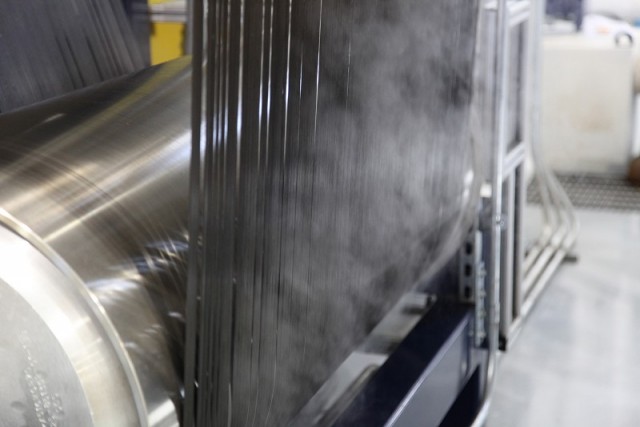It may have been a tough year for some, but for BMW it has been another 12 months of success - especially in America. Talking to CompleteCar.ie at last month's Los Angeles Auto Show, Dr Harald Kruger on the board of management revealed that the group is enjoying a seven per cent increase in sales across the globe when compared to last year.
In the US alone the 54,000 MINIs sold by the end of November, along with the introduction of the four-wheel drive 3 Series, contributed to a growth of 16 per cent. Kruger also told us that the company wants to break the two million vehicles mark by 2016 across the groups. It's expected that the MINI brand could continue to grow, with up to ten separate models possibly sustained by the brand, though any new car will be smaller than the current Countryman.
China represents much of the potential growth for the brand's output, already returning a 30 per cent expansion in 2012, though America will remain MINI's biggest market. And the introduction of the electric i3 at the end of 2013 will surely be another hit for the country, especially in pollution and EV-savvy California.
Electric models are expected to account for four to eight per cent of all BMWs sold by 2020, and the i3 represents a new global sustainability approach that will allow the maker to meet both vehicle and manufacturing CO2 targets. All i models will be made with carbon fibre, so the group has developed a new technique for creating an extra strong weave - and the first part of the process is completed in its new Moses Lake factory in the US.
Powered exclusively by the Wanapum dam, a hydro-electric power station that supplies all of the electricity in the region, the cost per unit of power is approximately one sixth of that in Germany. The new factory can make up to 3,000 tonnes of carbon fibre ever year - currently the global total for the material across all industries is only 36,000 tonnes. It's a pre-forming process though, with the raw material shipped from Otake in Japan, where the lengths of material pass through different heat treatments effectively cooking the fibres and adding strength.
And with extreme heat needed to make BMW's new knitted weave, it makes more sense both financially and environmentally to start the process here before shipping the product to Europe for finishing and i car production in Leipzig. The final result isn't as pretty as conventional carbon fibre, but it is far stronger and ideal for creating the i3's chassis. Ultimately BMW's goal is to make the cost of using carbon fibre comparable to aluminium, but admits this is still decades away.

